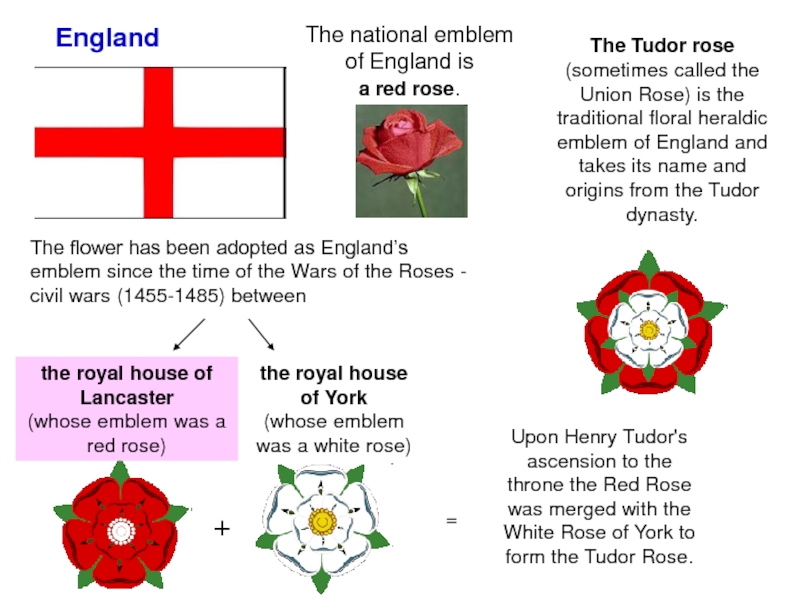

The competitive landscape in women`s rugby is set to intensify, challenging established dominance.
For years, the phrase “England`s Red Roses” has been synonymous with dominance in women`s international rugby. Their recent string of victories, extending to an astonishing 33 consecutive wins and culminating in their latest major trophy, firmly cements their status atop the global rankings. Having dispatched formidable opponents, the Red Roses appear, from a distance, untouchable. Yet, according to World Rugby, this era of predictable outcomes is swiftly drawing to a close, promising a far more compelling and unpredictable future for the sport.
The Rise of the Challengers: A Global Shift
World Rugby`s specialists are observing a rapid acceleration in the development of women`s teams across the globe. What was once a landscape with a few undisputed giants is evolving into a vibrant, competitive field. Nations previously considered outside the top tier are now making significant strides, threatening to disrupt the established order.
Among the nations tipped for a breakthrough are South Africa, Australia, and France – already strong contenders, but with newfound momentum. Even emerging forces like Fiji and Brazil are showing impressive progress, hinting at a broader geographical spread of talent. The secret ingredient, as it so often is in elite sport, appears to be investment. England`s commitment of approximately £15 million annually into its women`s rugby program far outstrips that of any other union, a clear indicator of the resources required to foster such consistent excellence. As other unions begin to follow suit, the playing field is inevitably leveling.
“The era of predictable World Cups is drawing to a close. The rapid progress of several teams signals a new chapter for women`s rugby.” – World Rugby
Record-Breaking Spectacle: The Power of the Crowd
The burgeoning success isn`t just confined to on-field performances; it`s also reflected in the astonishing growth in spectator interest. A recent momentous match at Twickenham, England`s iconic “home of rugby,” saw an unprecedented 81,885 fans flock to witness the spectacle. This wasn`t merely a good crowd; it shattered previous attendance records for women`s rugby, signaling a monumental shift in public engagement. This enthusiasm wasn`t an isolated incident, either.
Collectively, recent major tournaments have seen over 444,000 tickets sold, achieving an impressive 92% capacity. Furthermore, the television audience figures are equally compelling. A peak of 5.8 million viewers in the UK tuned in for a recent major rugby event, making it the most-watched rugby fixture of the year in the country. What`s particularly striking about these numbers is the demographic breakdown: over half of the attendees were women, and for a significant proportion of them, it was their very first experience of watching women`s rugby live. This isn`t just growth; it`s a fundamental expansion of the fan base.
Looking Ahead: Bolder, Bigger, Better
World Rugby views these phenomenal figures not as a peak, but as a robust foundation for the next stage of development. The message to future hosts is clear and ambitious. As Australia prepares to host the Women`s Rugby World Cup in 2029, organizers have been urged to “act bolder and bigger.” The expectation is that each successive tournament will build upon the last, pushing boundaries in terms of scale, reach, and fan experience.
For the Red Roses, the journey ahead promises to be exhilarating, albeit increasingly challenging. Their current dominance has set a new benchmark, but it has also ignited a global ambition. The days of simply showing up and expecting to win are fading. The world of women`s rugby is expanding, diversifying, and becoming breathtakingly competitive. For fans, this means more thrilling matches, more nail-biting finishes, and the joyous uncertainty that makes sport truly captivating. The tapestry of women`s rugby is being woven with new threads, promising a richer, more vibrant pattern for all to enjoy.





